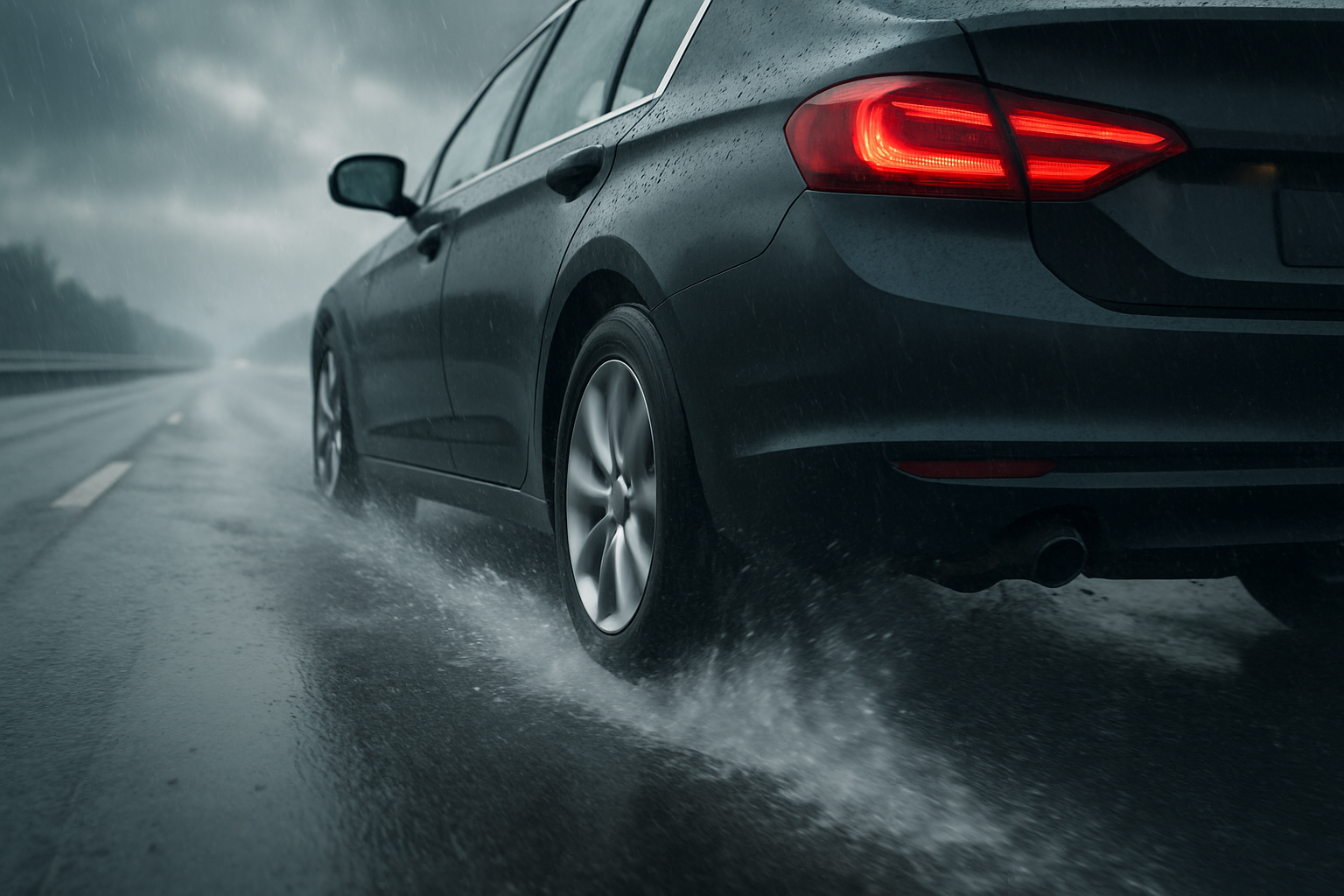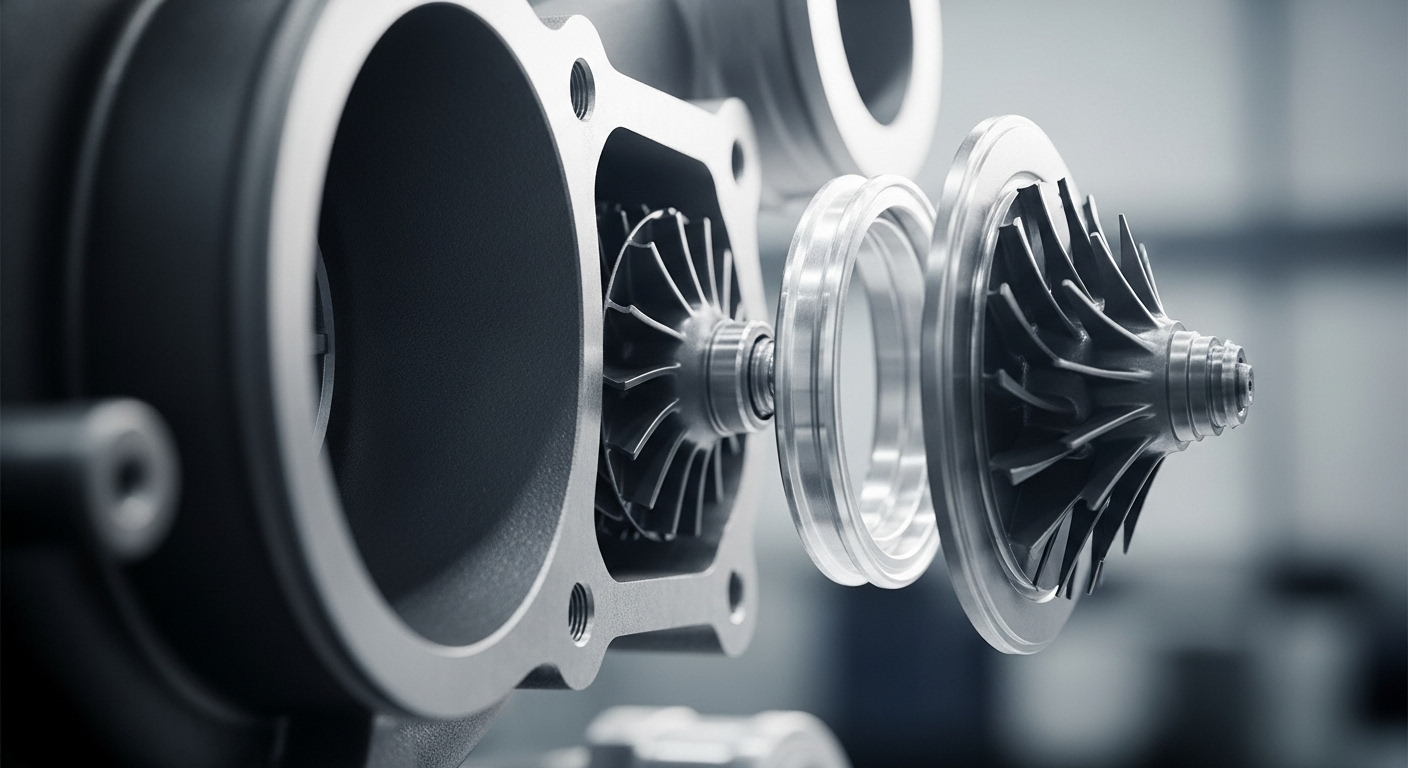Hydroplaning: The Hidden Menace on Wet Roads
Imagine cruising down a rain-soaked highway, your wipers working overtime as sheets of water cascade across your windshield. Suddenly, your steering feels light, your tires lose their grip, and for a heart-stopping moment, you're skimming across the road's surface like a water-skier. This terrifying scenario is all too real for drivers who've experienced hydroplaning, a dangerous phenomenon that continues to challenge automotive engineers and safety experts alike.

The severity of hydroplaning depends on various factors, including vehicle speed, tire tread depth, water depth, and road surface texture. Modern tire designs incorporate intricate tread patterns and compounds specifically engineered to combat hydroplaning, but the risk remains a significant concern for drivers and automotive safety experts.
The Evolution of Hydroplaning Research
The study of hydroplaning has a rich history dating back to the early days of aviation. In the 1920s, seaplane designers grappled with similar challenges as they sought to understand how aircraft behaved when landing on water. This early research laid the groundwork for our understanding of how vehicles interact with fluid surfaces.
As automobiles became more prevalent and capable of higher speeds, the automotive industry began to recognize the need for dedicated research into hydroplaning. In the 1960s, NASA conducted groundbreaking studies on aircraft tire hydroplaning, which directly informed automotive tire design. These studies revealed the critical role of tire tread patterns in water dispersion and the relationship between vehicle speed and the onset of hydroplaning.
Tread Design: Nature-Inspired Solutions
Modern tire manufacturers have taken cues from nature in their quest to combat hydroplaning. Biomimicry, the practice of emulating natural designs and processes to solve human problems, has played a significant role in advancing tire technology. For example, some tire tread patterns are inspired by the paw pads of animals that excel in wet conditions, such as polar bears or tree frogs.
One innovative approach involves mimicking the texture of shark skin. Shark skin is covered in tiny, tooth-like scales called dermal denticles, which reduce drag and improve hydrodynamic efficiency. Tire manufacturers have experimented with similar micro-textures on tire surfaces, creating channels that efficiently disperse water and maintain contact with the road.
The Role of Tire Pressure Monitoring Systems
While tread design is crucial in preventing hydroplaning, proper tire inflation is equally important. Underinflated tires are more susceptible to hydroplaning as they create a larger contact patch with the road, making it harder to channel water away effectively. This is where Tire Pressure Monitoring Systems (TPMS) play a vital role in vehicle safety.
TPMS technology has evolved significantly since its introduction in the 1980s. Modern systems use sophisticated sensors to provide real-time data on tire pressure and temperature. Some advanced TPMS can even detect changes in road conditions and alert drivers to potential hydroplaning risks. As vehicle connectivity and autonomous technologies advance, future TPMS may be able to automatically adjust tire pressure or vehicle dynamics to mitigate hydroplaning risks in real-time.
Vehicle Stability Systems and Hydroplaning
While preventing hydroplaning is ideal, automotive engineers have also focused on developing systems to help drivers regain control when it does occur. Electronic Stability Control (ESC) systems, now mandatory in many countries, can detect when a vehicle begins to skid or lose traction. In hydroplaning situations, ESC can apply selective braking to individual wheels and reduce engine power to help the driver maintain or regain control.
More advanced systems are on the horizon. Some automakers are developing predictive stability control systems that use a combination of sensors, weather data, and machine learning algorithms to anticipate hydroplaning conditions. These systems could potentially adjust vehicle dynamics preemptively, reducing the risk of loss of control before it occurs.
The Future of Hydroplaning Prevention
As we look to the future, several emerging technologies hold promise for further reducing the risks associated with hydroplaning. One area of active research is in smart road surfaces that can actively channel water away from the tire contact patch. These surfaces might incorporate nano-materials or dynamic elements that respond to the presence of water, ensuring optimal traction even in severe weather conditions.
Another exciting development is the potential for vehicle-to-vehicle (V2V) and vehicle-to-infrastructure (V2I) communication to play a role in hydroplaning prevention. As connected vehicle technology becomes more prevalent, cars could share real-time data about road conditions, allowing following vehicles to adjust their speed and driving behavior to avoid hydroplaning-prone areas.
The ongoing shift towards electric vehicles also presents new opportunities and challenges in hydroplaning prevention. The lower center of gravity and instant torque delivery of electric powertrains can affect a vehicle’s behavior in low-traction situations. As a result, tire manufacturers and vehicle dynamics engineers are reassessing and optimizing tread designs and stability control systems for this new generation of vehicles.
In conclusion, while hydroplaning remains a significant safety concern, the combined efforts of tire manufacturers, automotive engineers, and safety researchers continue to make our roads safer. From nature-inspired tread designs to advanced stability control systems and beyond, the battle against this hidden menace on wet roads is a testament to human ingenuity and the relentless pursuit of automotive safety.





